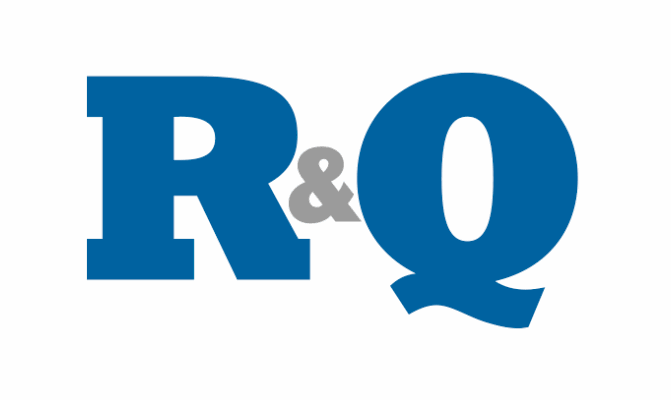Randall & Quilter (R&Q) Investment Holdings, the specialist non-life insurance and reinsurance legacy investor and program manager, expects third-party capital to play a role across both the program management and legacy sides of its business.
 The company continues to make it absolutely clear that accessing third-party capital to support its growth is a key ambition and looking at the results it’s easy to see why investors might be keen to support R&Q.
The company continues to make it absolutely clear that accessing third-party capital to support its growth is a key ambition and looking at the results it’s easy to see why investors might be keen to support R&Q.
The company has reported half-year pre-tax operating profits that are up 30%, while within program management R&Q’s contracted premiums are up an impressive 95% and on the legacy side reserves acquired increased 81%.
More importantly perhaps, the program management business delivered 88% higher commissions and the legacy side saw returns on capital and equity up on the prior year.
Alongside the addition of 10 new programs being added in the first-half and nine legacy transactions being completed, R&Q is certainly busy, likely benefiting from market conditions at this time and has a clear ambition to do more, which is where third-party reinsurance capital comes in.
Of course, it’s not news that R&Q has been looking at accessing alternative capital on the legacy side of its business, having already employed an element of collateralised reinsurance within its own program and actively begun exploring sidecars or ILS fund type structures to bring capital in to help it do more.
On the legacy side the ambition has been very clear, with executives previously saying that, “Our key goal for the Legacy business is to add a recurring fee component to its income by managing legacy business on behalf of third parties.”
Which makes perfect sense, as R&Q can certainly increase its firepower by bringing third-party investors alongside it into legacy transactions, helping it access larger deals, while also potentially reducing its cost-of-capital.
But third-party capital is seen as having a dual-role to play, on both program management and legacy sides of the business at R&Q, providing greater opportunities for the company to structure something that might work on a longer-term basis, on the legacy side, and shorter-term on the program business side, it would seem.
On the legacy business side, third-party capital usage continues to be explored, with discussions with investors likely ongoing.
It’s perhaps not the easiest time to encourage third-party investors, or indeed ILS funds, into the legacy arena, given the uncertainty over quality of reserves in many corners of insurance, and considering the now significantly firmer insurance and reinsurance marketplace.
The ambition of generating fee income from this business is clear though, with the company saying that ultimately bringing third-party investors along with its legacy deal-flow can help to improve its own returns on capital.
Bringing efficient capital into that side of the business in the right structure can certainly lower cost-of-capital for R&Q, making its own firepower more efficient, while also generating fee income that boosts results at the same time.
On the program management side, alternative capital is seen as one of the reinsurance capital sources that can support its growing program business, under the Accredited brand.
The appetite to access high-quality underwritten business through managed programs is clear in the ILS market and at this time it can provide an additional and often complementary, sometimes diversifying source of risk premiums to add to the collateralised reinsurance portfolio built through renewal business.
This is where the dual-role comes in, as for R&Q the same sources of alternative capital can help to drive efficiencies to both sides of its strategy, benefiting the legacy transaction flow, while also providing efficient reinsurance capital to support the MGA’s and brokers its program management side works with.
Which also means, if R&Q can harness third-party capital successfully, it could offer multiple strands and strategies to investors, from the legacy side and the program side and perhaps even a combined strategy where shorter-tailed business on the program side can help to offset some of the tail effects of the legacy portfolios assumed.
Which is why its ambitions in this area make a lot of sense. Although the company is likely to face the same challenges everyone has right now when it comes to capital raising.
But laying the foundations for a more full-featured third-party capital strategy will likely reap dividends for R&Q as and when investor appetite for direct access to insurance-linked returns resurges post-pandemic, as it’s expected to do.
 View all of our Artemis Live video interviews and subscribe to our podcast.
View all of our Artemis Live video interviews and subscribe to our podcast.
All of our Artemis Live insurance-linked securities (ILS), catastrophe bonds and reinsurance video content and video interviews can be accessed online.
Our Artemis Live podcast can be subscribed to using the typical podcast services providers, including Apple, Google, Spotify and more.































